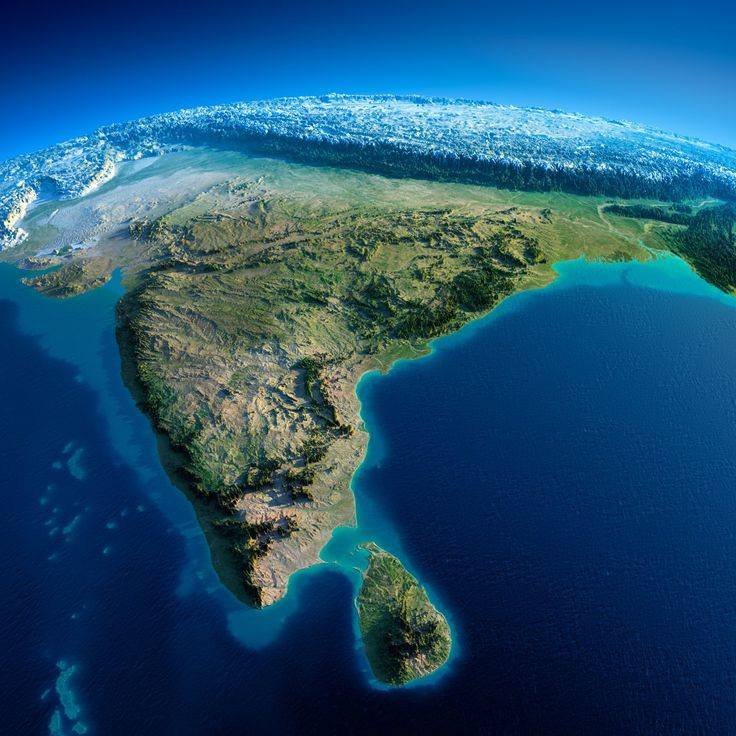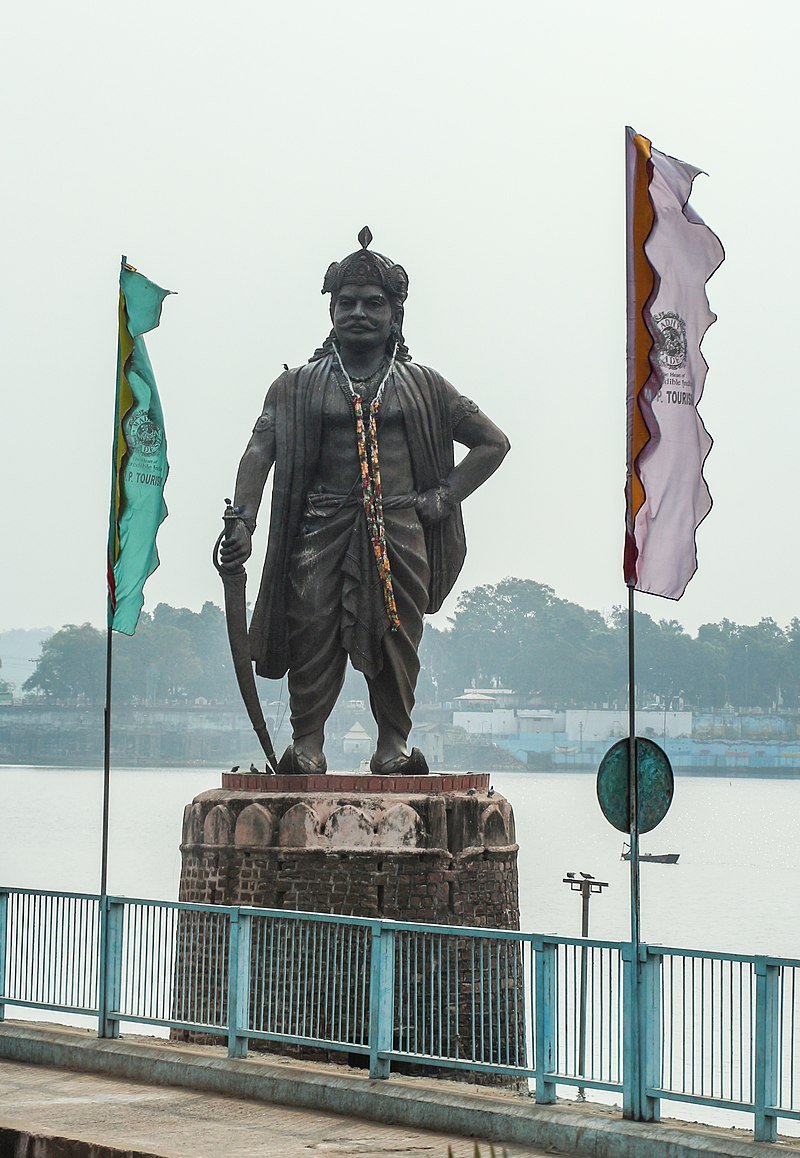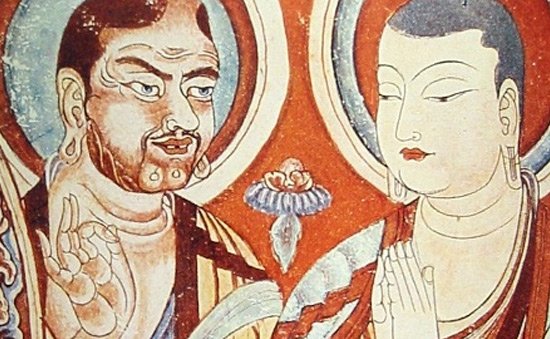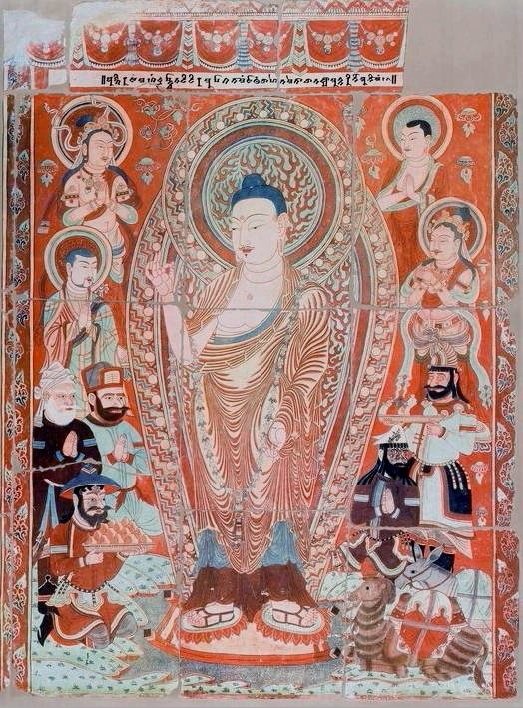
Chapter 1: Maritime Activity in Indian Literature
The ancient shipbuilders had a good knowledge of the material and the varities which went into the making of ships.
'Vriksha Ayurveda' or the science of plant life lists four different kinds of wood:
The ancient shipbuilders had a good knowledge of the material and the varities which went into the making of ships.
'Vriksha Ayurveda' or the science of plant life lists four different kinds of wood:

1) Brahmin class of wood, which is light & soft & can be easily joined to any other kind of wood;
2) Kshatriya class is light & hard, & can be joined to other classes of wood;
3) Vaisya kind is soft and heavy; and
4) Sudra class, which is hard and heavy
2) Kshatriya class is light & hard, & can be joined to other classes of wood;
3) Vaisya kind is soft and heavy; and
4) Sudra class, which is hard and heavy
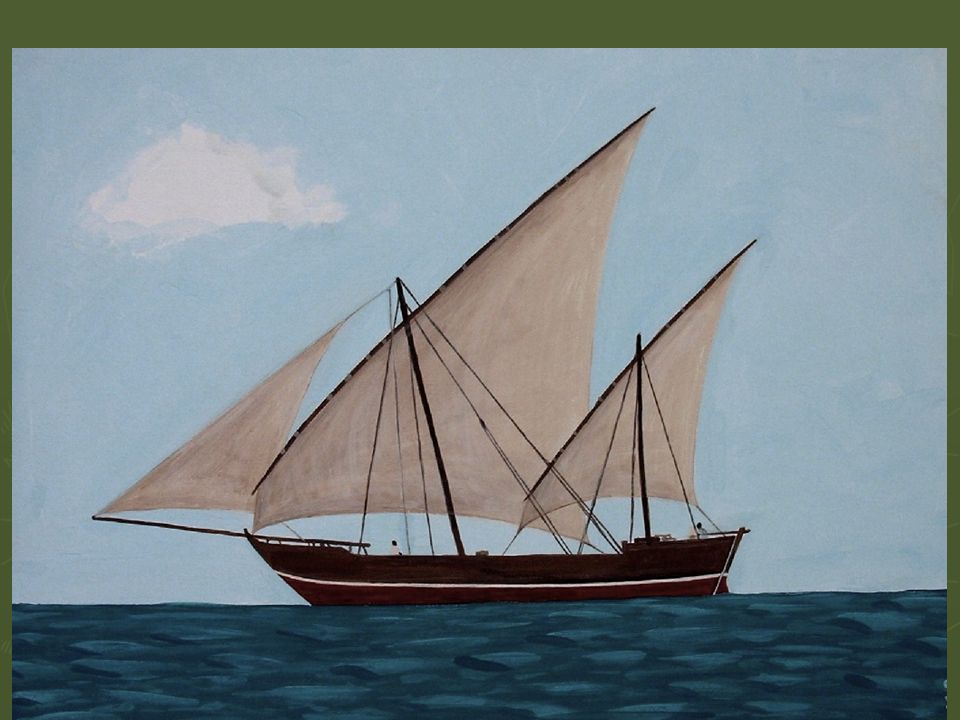
According to Bhojā - an earliest authority on shipbuilding, a ship built of Kshatriya class of wood brings wealth & happiness. It is these ships, that were used as means of voyage.
Ships which are built of different classes are not good or comfortable. They do not last for a long time, rot in water and us liable to split at slightiest shock and sink down.
Bhojā also warns the shipbuilders with a very important direction.
He says that no iron should be used in holding or joining together the planks of bottoms intended for a sea going vessel.
He says that no iron should be used in holding or joining together the planks of bottoms intended for a sea going vessel.

Bhojā says that in such vessels, the iron would expose them to magnetic rocks in the sea & so lead them to risks.
Hence, the planks of bottoms are to be fitted together by means of substances other than iron.
Hence, the planks of bottoms are to be fitted together by means of substances other than iron.

Besides Bhojā, an important document, 'Yukti-Kalpatru', gives an elaborate classification of ships based on their size.
The primary division is into two classes:
1) Ordinary ( Sāmānya) ships, used in river traffic; and
2) Special ( Visesa) ships, used in sea-faring.
The primary division is into two classes:
1) Ordinary ( Sāmānya) ships, used in river traffic; and
2) Special ( Visesa) ships, used in sea-faring.

These are again divided in to ten different kind of vessels:
Kshudrā, Madhyamā, Bhimā, Chapalā, Patalā, Bhayā, Dirghā, Patraputā, Garbharā, and Mautharā.
Kshudrā, Madhyamā, Bhimā, Chapalā, Patalā, Bhayā, Dirghā, Patraputā, Garbharā, and Mautharā.
Of these, Bhimā, Bhayā, and Garbharā are liable to bring bad luck because their dimensions do not make them steady and well-balanced on water.
Ships which are special ( Visesa) are divided in to two types:
1) 'Dirgha' includes ships which are noted for their length; and
2) 'Unnatā', comprising ships noted for their height rather than their length or breadth.
1) 'Dirgha' includes ships which are noted for their length; and
2) 'Unnatā', comprising ships noted for their height rather than their length or breadth.

'Yukti-Kalpatru' also gives elaborate directions for furnishing ships to comfort the passengers.
Four kinds of metals, gold, silver, copper and a compound of the three are recommended for decorative purposes.
Four kinds of metals, gold, silver, copper and a compound of the three are recommended for decorative purposes.
Four kind of colours are recommended for different kind of vessels:
A vessel with four masts are to be painted white, that with three are to be painted red, two masts ships to be painted yellow, and one mast ships to be painted blue.
A vessel with four masts are to be painted white, that with three are to be painted red, two masts ships to be painted yellow, and one mast ships to be painted blue.

The prows of the ships had to have a great variety of fanciful designs; comprising of head of Buffalo, serpent, elephant, tiger, duck, parrot, etc. 

There are also interesting details about the design of the cabins of ships.
There are 'Sarbamandirā' vessels, which have large cabins extending from one end of ships to another.
These ships are used to transport royal treasure, horses and women.
There are 'Sarbamandirā' vessels, which have large cabins extending from one end of ships to another.
These ships are used to transport royal treasure, horses and women.

Then there are 'Madhyamandirā' vessels, which have their cabin in the central part.
These were used in pleasure trips by the king and suited for rainy seasons.
These were used in pleasure trips by the king and suited for rainy seasons.

The third class are the 'Agramandirā' ships which were used in season after the rains have ceased.
These are suited for long voyages and are to used in naval warfare.
These are suited for long voyages and are to used in naval warfare.
It is probably in the 'Agramandirā' ships that the first ever naval fight recorded in Indian literature was fought.
The vessel in which Tugra, the rishi-king sent his son Bhujyu against some of his enemies in the distant land, who being afterwards were shipwrecked in the ocean.
The vessel in which Tugra, the rishi-king sent his son Bhujyu against some of his enemies in the distant land, who being afterwards were shipwrecked in the ocean.
A similar ship was used by Pandavas on the advice of Vidura, who kept a ship ready for their use during the Lakshagraha episode. 

And as described in 'Raghuvamsa', these were the ships on which the Vangas made a stand against Raghu, who retreated after constructing pillars of victory on the isles of Ganges. 

The Pali texts also suggests sea voyages and sea-borne trade, and it would appear that the ships mentioned in these texts are quiet large.
Thus, according to 'Rājavalliya', the ships in which Prince Vijaya & his followers went to Lanka, carried 800 people.
Thus, according to 'Rājavalliya', the ships in which Prince Vijaya & his followers went to Lanka, carried 800 people.

The ship in which Vijaya's Pandyan bride was brought over to Lanka, carried more than 800 persons.
The ship in which Buddha- in his previous birth travelled from Bharukaccha ( Bharoach) to the "sea of seven gems", carried 700 merchants.
The ship in which Buddha- in his previous birth travelled from Bharukaccha ( Bharoach) to the "sea of seven gems", carried 700 merchants.

Lastly, the 'Dathādhātu Vamso' relates the story of transport of tooth-relic of Buddha from Dantapura to Lanka, carries a description of a ship, which is firmly constructed with planks, had a lofty mast & commanded by a skillful navigator. 

@threadreaderapp , compile
• • •
Missing some Tweet in this thread? You can try to
force a refresh



